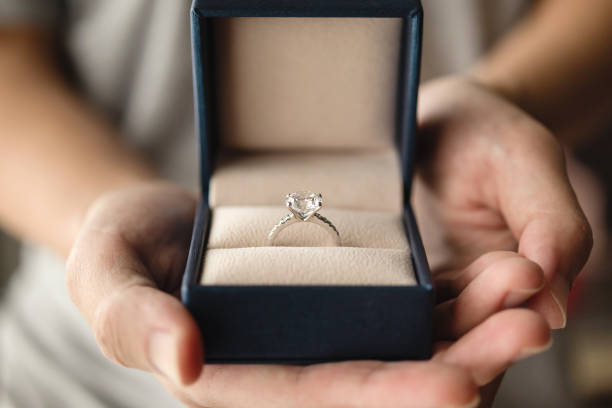Common Fence Building Mistakes to Avoid
 Many people assume they know how to build a fence correctly because they know to place the fence posts in the ground, add rails, and add slats. The key, they believe is keeping the whole thing level. That is important, but there are little known tips that can help you build a fence that looks better and lasts longer.
Many people assume they know how to build a fence correctly because they know to place the fence posts in the ground, add rails, and add slats. The key, they believe is keeping the whole thing level. That is important, but there are little known tips that can help you build a fence that looks better and lasts longer.
Start building a fence by making holes every 8 feet for the treated posts, which are usually 4″x4″x8′. Dig two feet holes with a posthole digger. Here’s the secret to ensure your posts are stable. Once the cylindrical hole is dug for the fence post, go in and dig at an angle creating a hole shaped like a ball. This will provide an anchor for the posts once it is set in concrete.
There is a danger to your fence of which few people are aware. That is the linger factor. When water runs down the face of the wood and lingers on the bottom lip it can be absorbed and rot the wood. This is the same reason why fascia boards are easily rotted and warped. Coating the top and bottom lip will prevent lingering water from ruining your fence.
A very common mistake is that people do not realize that wood does not stick to concrete. The simple solution to this problem is to paint the bottom two feet of the fence post with black roof tar. The tar will seal the posts and allow the concrete to stick to the post.
Once the posts are set and leveled give them a full day to dry. If you start nailing rails and slats to the posts before the concrete has had adequate time to set the posts will be knocked out of level.
The most secure and durable fence should be built with three rails. The top rail belongs on top of the fence posts lying horizontally. This also gives you a way to measure the instillation of fence slats. They should not extend 8 inches above this rail. Place the center rail evenly spaced between the top rail and the bottom rail. The middle and bottom rail are not placed horizontally like the top rail. Place them vertically so that they will not warp and will be stronger and last longer for your fence.







